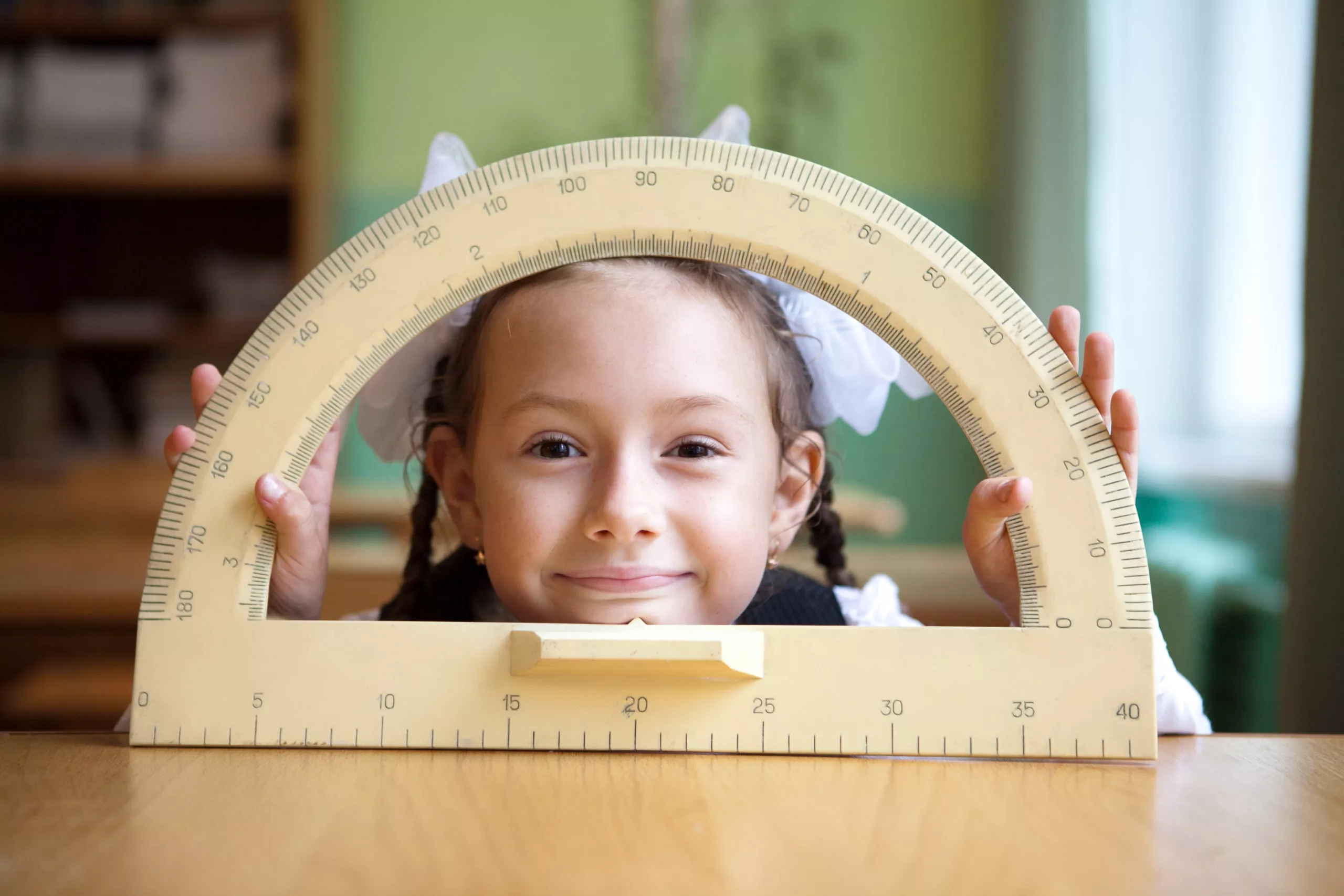
By 2050, it is estimated that five billion people worldwide will be myopic.1 Now, the worry of myopia in children has increased even further with the rise of virtual learning and more time indoors due to COVID-19 safety measures. In 2020, nearly two out of three parents reported that their children spent more than 50% more time indoors due to COVID-19.2 In this article, we’ll discuss how the pandemic has worsened the risk of children to develop nearsightedness,3 why awareness and action are essential, and what steps parents can take to help support kids’ healthy vision.
According to the United Nations Educational, Scientific, and Cultural Organization, approximately 80% of the world’s student population have been impacted by lockdown measures, with digital or e-learning approaches replacing face-to-face, classroom-based learning.4 While school closures won’t last forever, increased digital screen time, near work, and limited outdoor activities were associated with the onset and progression of myopia and could potentially be aggravated during and beyond the COVID-19 pandemic outbreak period.5 Experts say that even as kids reenter in-person learning environments, there are potentially lasting behavioral changes. “Increased access and adoption of such platforms may accelerate the widespread acceptance of digital tools in the longer term. Behavioral changes that arise from the growing dependence on digital devices may persist even after the COVID-19 pandemic, and this is a possibility that cannot be underestimated.” 6
Why Myopia Progression is so important, especially in a time when there are other things to worry about.
The American Academy of Ophthalmology says, “More people in glasses is not the concern, it’s the number of people with severe or ‘high’ myopia that’s raising the alarm. High myopia raises the risk of vision-threatening eye conditions such as retinal detachment, glaucoma, early cataracts, and myopic maculopathy, a leading cause of blindness worldwide.” 7
Richard Abbott, MD, is on the Academy’s Myopia Task Force. He says, “Children need us to act now—there’s no time to waste. Those who progress to become high myopes have a 50% greater risk of glaucoma, are 17% more likely to need cataract surgery, and have a six times greater risk of retinal detachment and retinal tears.”
What should parents do?
As experts analyzed the increased risk of myopia in children, they also provided recommendations for actions parents can take. By learning more about myopia and the factors that may impact it, you’re already taking the first step because as experts say, raising awareness is key. Also of paramount importance is that parents help their children develop healthy relationships with digital devices.8 Here are their other suggestions to do so.
- Monitor device usage and remind kids to disconnect from the digital world. Parents can use apps to restrict screen time. [Read: Tools that can help your kids develop healthy digital device habits]
- In addition to monitoring amount of time spent on screens, try to help kids use device time wisely for learning experiences. This helps to improve their ability to process and interpret digital content and thereby decrease the overall time spent online.
- A daily schedule is a great way to allocate time for specific activities and to set boundaries for digital devices. This is especially helpful during the pandemic when our usual routines are broken.
- Act as a role model for your kids and try to reduce your own digital device usage. Spend more time with kids outdoors and put an emphasis on non-digital activities like arts and crafts and music. [Read: Creative ways to get your child to spend more time outside]
Another simple but impactful strategy to prevent digital eye strain is the 20-20-20 rule. Encourage kids to take a 20-second break every 20 minutes and look at something 20 feet away.9 Dr. Gifford, a clinical optometrist and director of MyopiaProfile.com, also suggests the elbow rule. Make a fist and put it next to your eye. See where your elbow is? That’s at least how far a screen should be from your face. 10 [Read: Three tips to protect your child’s vision during virtual learning in less than five minutes]
Tags: nearsightedness, screen time, myopia in children, COVID-19
